#Trans-Canada Highway
Photo
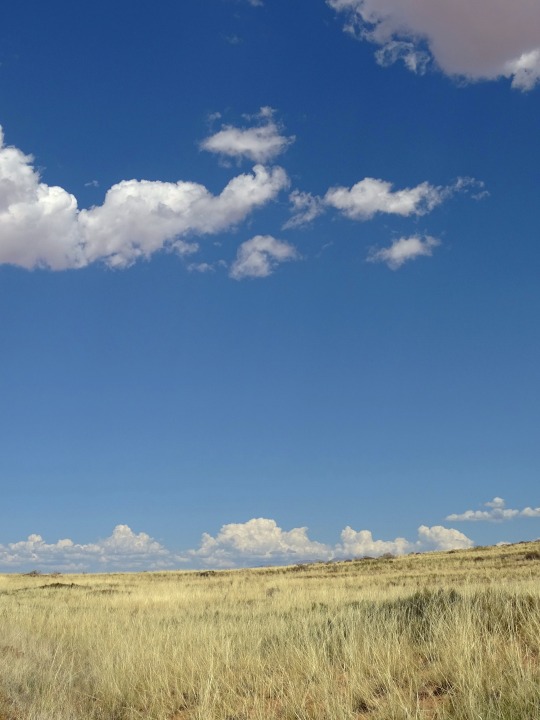
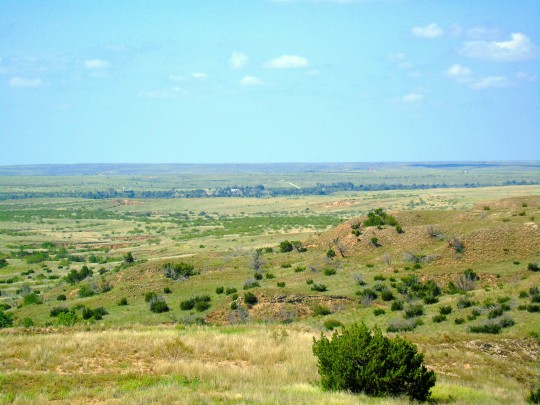
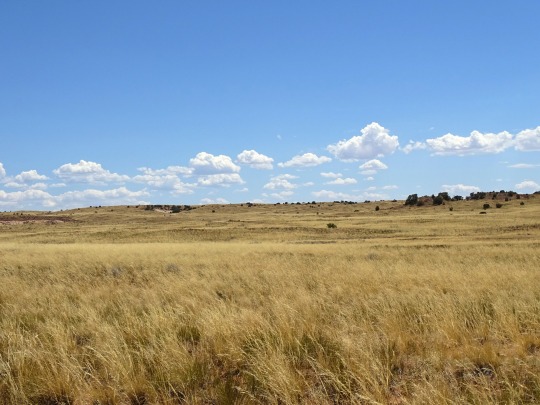

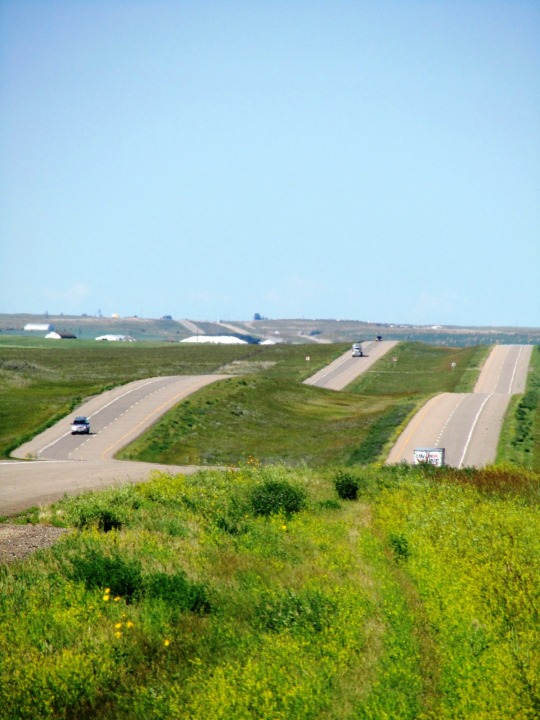
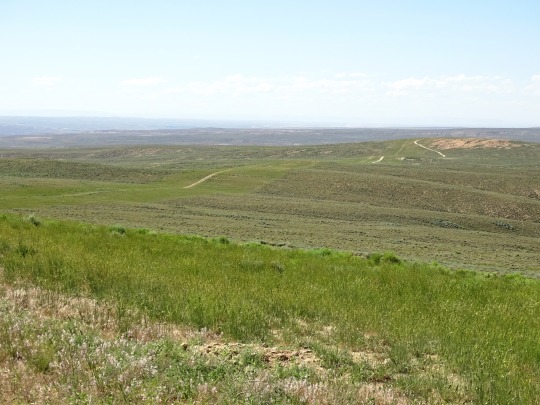
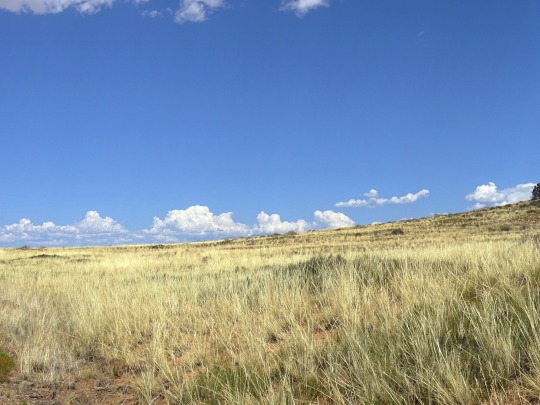

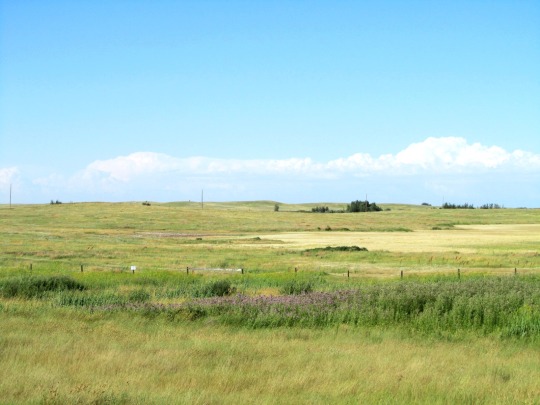
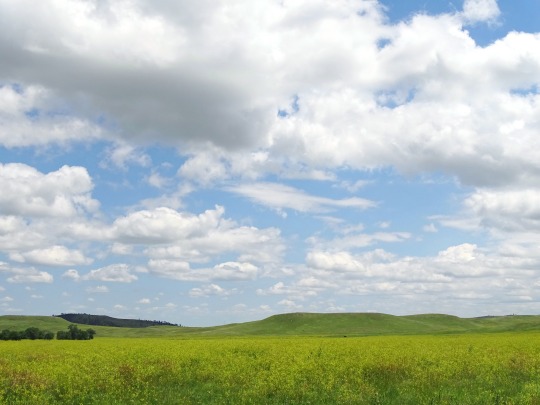
National Prairie Day
National Prairie Day, on June 3 this year, celebrates the beauty and ecological value of this often-overlooked ecosystem. Spanning more than a dozen American states and several Canadian provinces, the North American prairie is a vast grassland that offers more biodiversity and beauty than most people realize. With their endless, gently rolling plains and highly productive soils, prairies have been a valued location for farming and ranching for thousands of years. Today, only 1% of tallgrass prairie in the United States remains untouched by farming or development. National Prairie Day promotes the appreciation and conservation of America’s native prairies.
History of National Prairie Day
The United States is home to a dazzling array of geographies and environments. Some, like the towering redwoods of California or the majestic cascades of Niagara Falls, enjoy worldwide reputations as media darlings and tourist hotspots. Other ecosystems, like the humble prairie that covers much of the interior United States, receive fewer accolades but play crucially important roles in the development of the nation.
Defined as a flat grassland with a temperate climate and derived from the French for ‘meadow,’ ‘prairie’ has become almost synonymous with the expansion of the American frontier. Flanked by the Great Lakes and the grandiose Rocky Mountains, the North American prairie extends across 15% of the continent’s land area. Other examples of similar grasslands around the world include the pampas in Argentina, the Central Asian steppes, and the llanos of Venezuela.
There’s more to the prairie than meets the eye. In fact, tall grass prairies host the most biodiversity in the Midwest and provide a home for dozens of rare species of animals and plants, including bison, antelope, elk, wolves, and bears.
Native prairies face extinction as more and more land is converted to agricultural and ranching use. Due to its rich, fertile soil, prairie land is prized for agricultural use. Around the world, almost three-quarters of agricultural regions are located in grassland areas. With only 1% of tallgrass prairie in the U.S. remaining untouched, the American tallgrass prairie is now one of the most endangered ecosystems on the planet. The Missouri Prairie Foundation launched National Prairie Day in 2016 to raise awareness and appreciation for the nation’s grasslands. The organization seeks to protect and restore native grasslands by promoting responsible stewardship, supporting acquisition initiatives, and providing public education and outreach.
National Prairie Day timeline
6000 B.C. The Prairie Forms
The North American prairie forms roughly 8,000 years ago when receding glaciers give way to fertile sediment.
1800s The American Prairie Decimated
Throughout the 19th century, farmers and ranchers, excited about the rich potential of prairie soil, convert almost all of the American prairie to farmland and grazing land.
Early 1930s The Dust Bowl
The combination of years of mismanagement, the stock market crash, and drought conditions come to a head as thousands of families in Oklahoma, Texas, and other parts of the Midwest lose everything when their farms fail, driving them to California and elsewhere to seek work in more fertile fields.
2016 First National Prairie Day
The Missouri Prairie Foundation launches the National Prairie Day campaign to promote awareness and conservation of the vanishing ecosystem.
National Prairie Day FAQs
Why don't prairies have any trees?
The environment of the prairie, with its flat terrain, regular droughts, and frequent fires, is uniquely suited to grasses that don’t require a lot of rainfall or deep soil to thrive.
Why are prairies important?
The prairie provides an irreplaceable home for hundreds of plant and animal species, as well as exceedingly fertile soil for human agriculture and ranching. Prairie destruction has had catastrophic effects, like the Dust Bowl that decimated American farms in the 1930s. Prairies also contribute to the conservation of groundwater.
Why did the Dust Bowl happen?
The Dust Bowl disaster that swept the U.S. and Canada in the 1930s had several natural and man-made causes, including severe drought and a failure to properly manage farmland and conserve precious topsoil. A series of intense dust storms wiped out agriculture, eroded the soil, and left the land unable to produce crops.
National Prairie Day Activities
Learn about the prairie
Donate to a conservation group
Plan a visit to a famous prairie
Do a little research to learn about this important American ecosystem and the role it has played in the cultural and economic development of our country.
If you're concerned about the loss of the American prairie, donate to a grasslands conservation group to support their work.
Do you live near a prairie? Try finding the grassland nearest you and plan a visit.
5 Interesting Facts About Prairies
‘Prairie schooners’
Dogtown
Where the buffalo roam
Carbon hero
Rising from the ashes
During the 1800s, when Americans embarked on the long journey westward, their covered wagons were often referred to as ‘prairie schooners.’
Prairie dogs live in vast networks of underground burrows called ‘towns,’ which can cover hundreds of acres and house thousands of prairie dogs with complex social relationships.
When Europeans first arrived in North America, up to 60 million bison roamed the plains — by 1885, there were fewer than 600.
Prairies can help fight climate change — one acre of intact prairie can absorb about one ton of carbon each year.
On the prairie, wildfires can actually be a healthy thing — with more than 75% of their biomass underground, prairie plants are uniquely suited to surviving and thriving after a fire.
Why We Love National Prairie Day
The prairie often gets overlooked
Native grasslands are critically endangered
It reminds us of the diversity of America's ecosystems
It's not often we remember to celebrate grasslands, yet the prairie plays an important role in America's cultural past and environmental future.
With only 1% of America's native prairie remaining, it's more urgent than ever to conserve and protect this vital resource.
The United States has more environmental variety than almost any other country on earth. Celebrating each unique ecosystem reminds us to appreciate and protect all the beauty our country has to offer.
Source
#Colorado#South Dakota#Wyoming#Alberta#Saskatchewan#nature#flora#WickBeumee Wildlife Habitat Management Area#Custer State Park#Rock Springs#Pilot Butte Wild Horse Scenic Loop#Trans-Canada Highway#Texas#landscape#countryside#summer 2022#2019#original photography#wildflower#meadow#first Saturday in June#3 June 2023#National Prairie Day#NationalPrairieDay
60 notes
·
View notes
Text

Three railways cross Northern Ontario but there's only one main road
#Northern Ontario#Trans-Canada Highway#lonesome#sunset#chasing the sun#northern sky#boreal forest#Hwy 11#remote
20 notes
·
View notes
Text

Trans-Canada Highway, 1961 postcard
38 notes
·
View notes
Video
Honda CR-V (2015) by Mark Stevens
Via Flickr:
I got the idea for this image from this Flickr image (www.flickr.com/photos/kagirohi/11854685244/in/gallery-147...). I'd been looking here and there for times I might capture a similar type image with the inside of a car. I hoped to be able to catch something where the light was coming in from the other side as it crossed the dashboard of a car. So there I was enjoying a ride along the Trans-Canada Highway 1 when I got out for a view of mountains. After getting back in the car, I finally noticed the inside dashboard view and capture this image.
#Alberta Highway 1#Alberta Provincial Highway No. 1#Banff National Park#Capture NX2 Edited#Color Efex Pro#Dashboard#Day 2#Honda#Honda CR-V#Inside Car#Instrument Panel#Looking SW#Miscellaneous#Nikon D800E#Project365#Roadside Pulloff#Steering Wheel#Trans-Canada Highway#Trans-Canada Highway 1#Alberta#Canada#flickr
2 notes
·
View notes
Text

Marmora Tower
Marmora, Ontario
#Marmora#trans-canada highway#photo#variations on a theme#ontario#canada#water tower#municipal#regional#ground supported flat bottom#Standpipe#structure#tower#elevated storage tank#sky#clouds#vegetation#trees#watertowerwednesday
10 notes
·
View notes
Photo
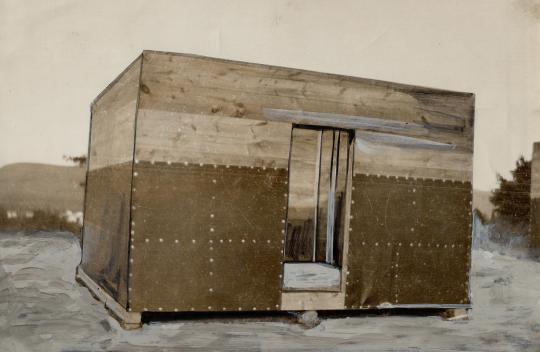

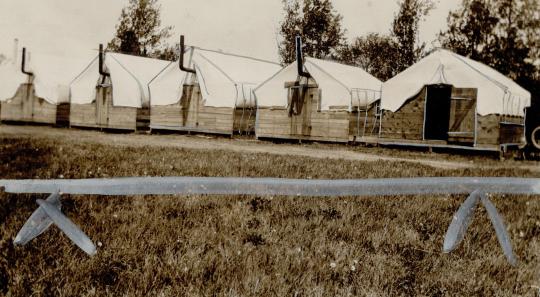

Camps for Trans-Canada highway workers, all of whom were unemployed men on relief in Ontario forced to build roads for their meagre welfare. All from the Toronto Star, issues of September 26, September 12 and October 2, 1931.
Notably these photos have all been produced from negatives that were painted or retouched for publication.
Toronto Public Library, Toronto Star Photograph Archive.
1) One of the box-like buildings of frame and tarpaper. A canvas top or tent will be placed over this to complete it. TSPA_0018484F.
2) Trans-Canada highway camps to house workers on the North Bay-Pembroke section of the Ontario route are nearing completion. TSPA_0018482F
3) Forerunners of Highway camps; This board-walled tent camp is typical of those which probably will be built along the northern Ontario route of the trans-Canada highway to house the workers erecting buildings of a more substantial type for the road-workers. TSPA_0018481F.
4) Workmen busy on construction of shacks in one of the camps along North Bay-Mattawa section of trans-Canada highway; to where some of Toronto jobless have gone. TSPA_0018486F
#north bay#mattawa#pembroke#road camp#road work#road workers#relief camp#unemployment relief#relief work#trans-canada highway#unemployed#unemployment#relief recipient#workfare#road construction#great depression in canada
8 notes
·
View notes
Text
Welcome to Golden, British Columbia Would You Like a Detour?
Welcome to Golden, British Columbia Would You Like a Detour?
Pulling into Golden she says, “I’d like to use a bathroom, can we stop somewhere?” I smiled at her need to use the restroom for the third time in less than two hours. “Of course we can, I really need to stretch my legs. Did you see the detour sign on the way into town?” I asked. “No what do you think its about?” “Well. It said the Trans-Canada Highway has construction and we might have to wait or…

View On WordPress
#Aaron JacksonCrabb#British Columbia#Detour#Golden#Highway 93#Highway 95#Kicking Horse River#McMurdo#Papa Ben&039;s Cafe#road trip#Super Suds#Tacoma#Trans-Canada highway
0 notes
Audio
BOARDS OF CANADA // LEFT SIDE DRIVE
[TRANS CANADA HIGHWAY EP, 2006]
122 notes
·
View notes
Text
The 401 highway in Canada has the most traffic out of any road or highway in all of north America.
Because of this traffic, the average speed can drop to a stand still.
If Canada had high speed rail that took a similar route, it would be abled to transport people from different cities to Toronto's city center over 4 times faster.
The amount of cars this would take off the road would significantly reduce traffic, which would also make driving safer and faster.
The amount of time it takes to drive from Toronto to Vancouver with little to no traffic would be 41 hours of driving. If there was a cross country high speed railway that time could be cut down to less than 10 hours using the fastest German trains.
The upkeep costs for rail compared to that of highways are also much lower, and with bringing less cars into a city, it would need less subsidized parking lots which don't pay real estate tax, nor do they make room for businesses or housing.
#canada#high speed rail#trans canada rail#canadian railway#GO train#via rail#economics#infrastructure#traffic#toronto#Vancouver#highway 401#401 highway#union station#urban planning#urbanist#urbanist design#car centric design
17 notes
·
View notes
Text

this came to me in a fever dream months ago and i haven't been able to stop thinking about it
94 notes
·
View notes
Photo
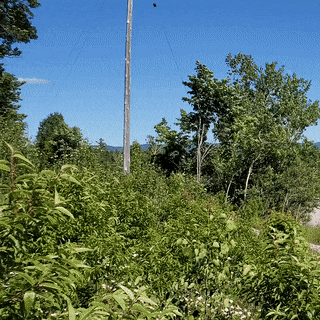


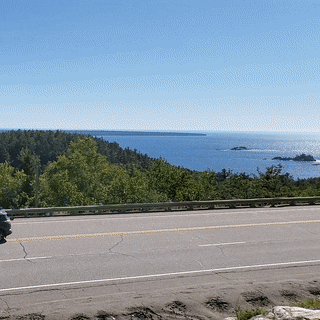
Agawa Bay Scenic Lookout along the Trans-Canada Highway
[08/07/22]
#stim#stimmy#gifs#my gifs#nature#road#highway#cars#vehicles#scenic#lookout#view#great view#lake#lakes#great lakes#lake superior#ontario#trans canada highway#travelling#road trip#wawa 2022
54 notes
·
View notes
Text

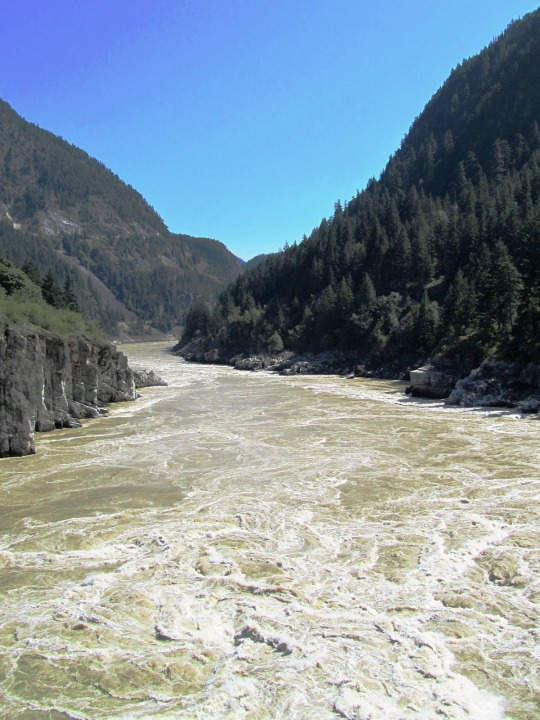

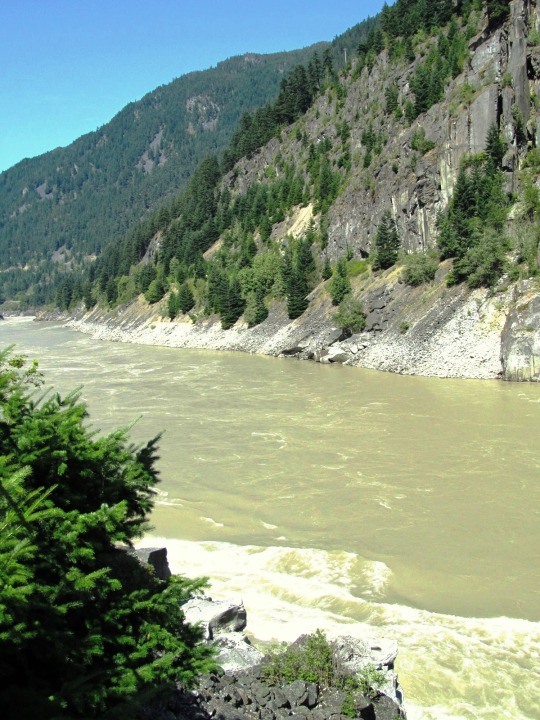

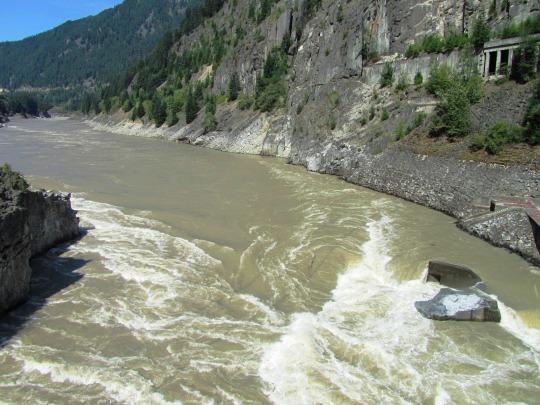




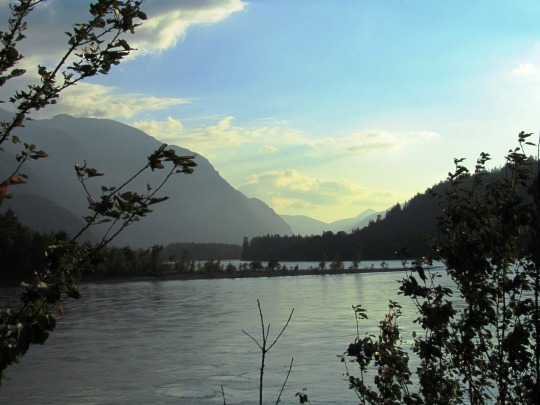


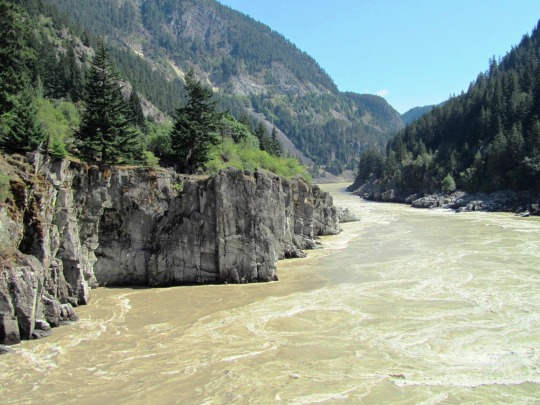
Simon Fraser completed his trip down Fraser River, landed at Musqueam on July 2, 1808.
#Hope#Hells Gate#Hell's Gate#BC#travel#original photography#vacation#tourist attraction#landmark#cityscape#landscape#countryside#Alexandra Bridge#Trans-Canada Highway#cliff#Simon Fraser#completed#trip#Fraser River#2 July 1808#white colonialism#British Columbia#Canada#summer 2012#nature#flora#valley
12 notes
·
View notes
Text
Awhile ago my email got put into one of those things that sign you up for 2 million newsletters and I still get the weirdest newsletters to this day, sometimes they’re fun and about trains, sometimes I get a newsletter about lithium drilling in Canada…?
2 notes
·
View notes
Photo

Adventure along the Trans-Canada Highway, 1961
51 notes
·
View notes
Text
Snowy Highways

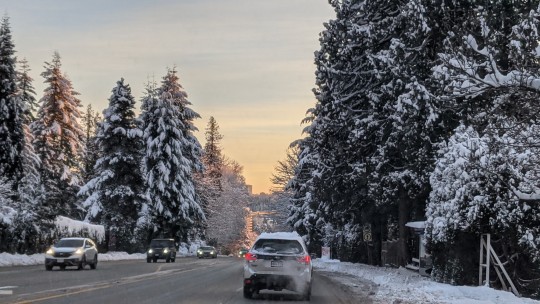

#photography#my photography#british columbia#snow#highway#road#trees#cars#winter#trans canada highway
6 notes
·
View notes
Photo

“ROAD GANG EMPLOYEE TO SERVE MONTH FOR SEDITION,” Porcupine Advance (Timmins). November 24, 1932. Page 2.1.
----
Amadeo Bonetti, a Swiss who has been in Canada for ten years, and who was arrested after trouble last May at Moore Lake Camp where he had been working with one of the construction gangs on the Trans-Canada highway, was last week sentenced to one month in jail on a charge of making seditious utterances. The accused pleaded guilty and said he was sorry and that his statements had been made in a temper. The fact that the seditious talk came close to helping along a serious situation was not lost sight of by the court and Mr. Justice Wright who tried the case at Pembroke while agreeing with the crown prosecutor, said that he felt that some punishment should be imposed. The month's term was then imposed, this short sentence being no doubt due to the fact that the man had been in jail for six months awaiting trial. The man seems to have been the victim of the agitation and propaganda carried on by aliens in the country for several years. His case should be a warning to all foolish enough to listen to these alien agitators. At the Moore Lake Camp there was a sort of Soviet uprising with talk of pulling down the Union Jack and stepping on it, throwing off all those in authority and all the other disloyal stuff talked about by the group of alien agitators. Bonetti pleaded guilty, and his counsel asked for leniency, pointing cut that he had already been in jail for six months, that he had been a model prisoner in jail, and that though in Canada for ten years he had never been in trouble before. Peter White, crown porsecutor, said he felt it was not a case requiring exemplary punishment. He believed the utterances had been made in a fit of temper, and he was quite agreeable to a lenient sentence, and did not ask for deportation.
#timmins#pembroke#xenophobia in canada#dangerous foreigners#shoveling out the unwanted#agitators#fear of a red planet#anti-communism#relief strike#relief camp#trans-canada highway#road workers#road work#swiss immigration to canada#time served#seditious utterance#sentenced to prison#county jail#great depression in canada#northern ontario#crime and punishment in canada#history of crime and punishment in canada
1 note
·
View note
